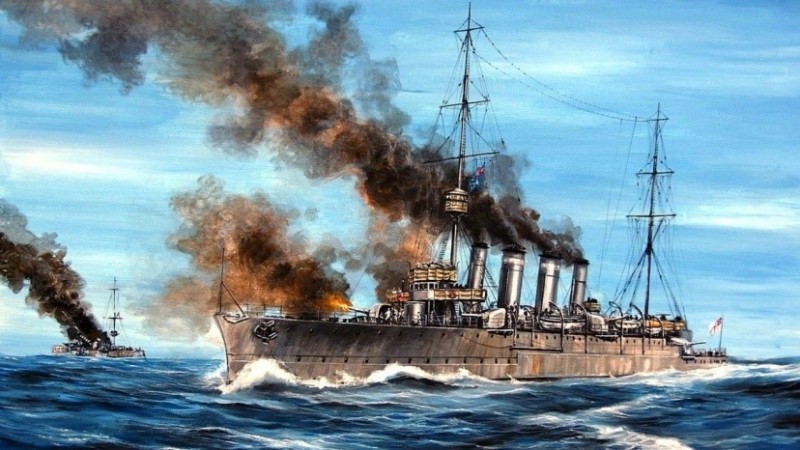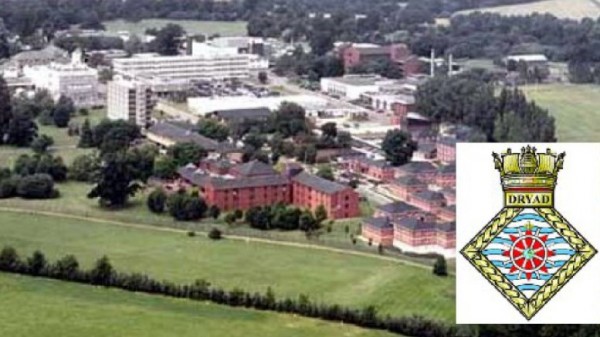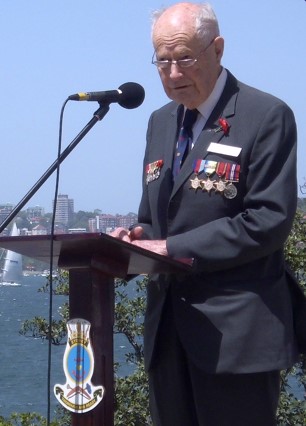
Lieutenant Commander John James Glossop, Royal Navy
(27.02.1924-16.02.2022)
James preferred the use of his second name as his first because his father was also named John. He too was a British Navy Officer, and gained fame as an exchange officer with the Royal Australian Navy in World War I. As Captain of HMAS Sydney he sank the Germany Navy’s SMS Emden in November 1914.
James was born in Dorset England on 27 February 1924, his mother, an Australian, was from the large rural town of Bathurst about 150 miles west of Sydney. When he was old enough James was enrolled in the Royal Navy’s Officer Training College and graduated as Midshipman in May 1941. His was appointed to the heavy cruiser HMS Devonshire and immediately saw action against German aircraft and shore positions off the Norwegian coast. Submarines were a constant threat. His ship was also an escort of Arctic and Atlantic convoys.
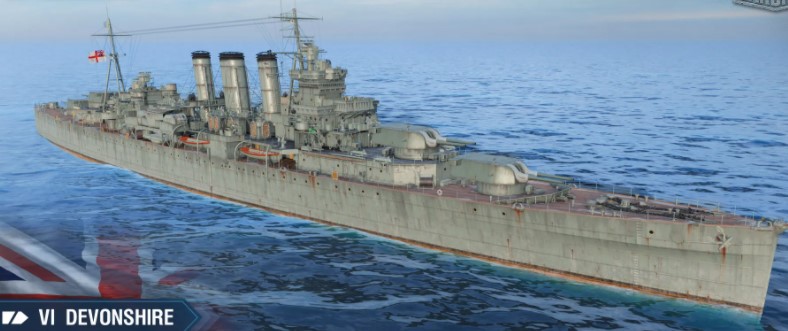
In November 1941 the German Navy’s employment of nondescript freighters, called Raiders was causing problems in all of the oceans. They were clandestinely armed with 150 mm cannons, anti-aircraft guns, torpedoes and capable of setting up to 400 moored sea mines (which they set at the entrance to Sydney Melbourne Adelaide and Auckland harbours). On 11th November the Raider Kormoran sank the Australian modern light cruiser HMAS Sydney 780kmNorth West of Perth. Kormoran was disguised as a Dutch freighter and lured Sydney to attempt to board and inspect her papers. In the ensuing very close range battle all 645 of Sydney’s crew were lost. HSK Kormoran also sank but 318 of the 380 crew were saved
Eleven days later, on 22nd November HMS Devonshire met the Raider Atlantis in the South Atlantic. In 17 year old James’s first sea battle, she attacked and sank the Atlantis. She had been on patrol for 667 days and taken or sunk 22 allied ships. This was seen as retribution for the loss of Sydney.
James mentioned that he was amazed that it seemed like they “just happen upon the Atlantis in the middle of the Atlantic”. In fact the captain had been given the exact location because Atlantis had asked for a resupply submarine to meet them. That information was picked up and decoded by the Enigma Code Breakers. It was not until 1975 that it became clear how HMS Devonshire was at that spot.
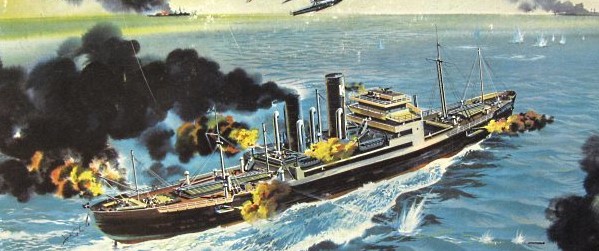
HSK Atlantis
Throughout 1942 HMS Devonshire then patrolled the South Atlantic and went into the Indian Ocean on operations against the French land and sea forces of the Vichy French Government working for Germany.
Devonshire helped capture five war ships and the landing force that they supported with bombardments, took the land bases off the French in Madagascar before they could be handed over to the Japanese.
In 1943, as one of her last operations away from home, HMS Devonshire joined the escort force that brought the convoy of the Australian Army’s 9th Division home from the Middle East. They were needed to counter the Japanese attacks in New Guinea. Devonshire and her escorts brought the Australians from Suez across the Indian Ocean safely to Perth. Devonshire returned to Tyneside for refitting and James was transferred to HMS Walker a destroyer. It was at this transfer that James was promoted to the first rung of his promotion ladder as Sub Lieutenant, before his 20th birthday.

HMS Walker, with James now as the Navigation Officer was then was employed escorting convoys carrying equipment, including steam trains and tracks, stores of food ammunition and fuel, tanks, cannons, vehicles and aeroplanes, both in crates and on decks of aircraft carriers and warships, to be handed to the Soviets. Their return voyages, just as dangerous, were to bring back crewmen rescued from freighters that had been sunk, Soviet crewmen to collect ships from the UK, allied pilots who had managed to land in the Soviet after raids on German forces in Norway, and stranded Royal Navy crews whose ship had been sunk.
James mentioned that on one return from Murmansk convoy they were allocated about 20 Russian sailors to be carried as passengers back to the UK. They were part of the crew that would take over the old British battleship; the Royal Sovereign (nicknamed the Royal Rouble). It was to be given to the Soviet Navy. James was a chess player of some standing and one night when it was thought unlikely that the German submarines and aircraft would be around, he was playing chess against another officer.
The Russians gathered round and challenged them. In fact the Russians had a master chess player and he challenged James and his opponent to play against him at the same time. The Brits reluctantly agreed and the games started. The Brits were not doing well when all of a sudden the U-Boat alarm was sounded. James said that he was never so glad to hear the alarm, as everyone in room scattered to their battle stations.
James was again promoted, in May 1944, at the ripe old age of 20 to Lieutenant. He was now qualified, and indeed spent, many many hours as the senior office on the Bridge. A ship of awesome power with cannons, anti-aircraft guns, torpedoes and depth charges and its 110 crewmen was in his charge for his watch of four hours on and four off watch every day the ship was at sea or in danger.
In May 1944 HMS Walker was redeployed from the Arctic convoys to join the navy forces employed in the D Day landings of 6th June. After that James returned for his last convoy to and from Murmansk.
During the time of the Arctic convoys 18 Allied escort ships were lost with their 1,944 crewmen along with 104 freighters and their 829 crewmen.
After all that excitement, in November James was transferred to another destroyer, HMS Penn, preparing to go to the Indian and Pacific Ocean to meet the Japanese. Initially based in Ceylon, Sri Lanka now, he was soon again involved in sea battles not in the ice as before, but this time in the tropics around Malaya and Indonesia. In preparation for the, invasion of Malaya and Singapore their base became Penang. There was no fighting to retake Malay, as Japan surrendered
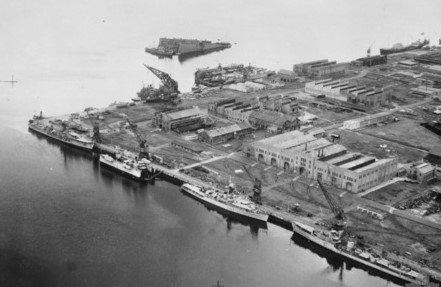
Singapore Dockyard
James and HMS Penn remained at the Singapore base until 1947 when they returned to the UK. James returned to further his Navigation skills at the Royal Navy Navigation training school at the land base of HMS Dryad in Portsmouth. As often happens in the military, if you do well at a training course you are immediately retained to join the staff there. Navigation by then had become his “Specialty”.
Back at sea James, on HMS Sparrow spent time in the West Indies and on exercises with the US Navy. His time would have including instructing junior officers in navigation and Bridge Watch duties. After his time on HMS Sparrow it was back to an advanced course at HMS Dryad before joining HMS Solebay in the Home However before joining his new ship he was promoted to Lieutenant Commander.
His said that it was good to be back in the Home fleet, based in the UK, for the first time after 9 years. He returned to more senior duties at the Navigation School at HMS Dryad before joining the cruiser HMS Birmingham for two years in The Med, a very much sought after appointment. This was followed by his last sea going appointment on another major ship, HMS Kenya in a return to the sunny West Indies. The final years of his career in a shrinking navy were related to the administration of Royal Navy Bases in the UK and then again to the warmth of the base in Singapore.
His last assignment before retirement was to the appointment of Chief of Operations of the Royal New Zealand Navy, at their Navy Head Quarters in Wellington.
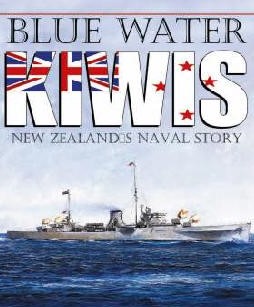
It was from that assignment that it was decided that he and the family would return to his Mother’s homeland of Australia. As per the regulation, he retired on his birthday, 27 February 1969
James had a Royal Navy career of 32 years. This included four years of Navy Combat Operations spread from the Arctic to the South Atlantic, from the USA to Iceland and Russia, from the South Atlantic to Suez and Perth, and from Madagascar to Singapore.
Remember too, that duty in a war zone is in 4 hour shifts unless there is action imminent when it is all hands at their Battle Station until danger has passed.
Extract from the Royal Navy Prayer:-
Eternal Lord God, Preserve us from the dangers of the sea, and of the air,
and from the violence of the enemy;
That enemy was the Naval and Air Forces of Germany Italy Vichy France and Japan,.
Time has now done what they could not
Vale James
In conclusion I would like to acknowledge the help, patience and comradery I have found when I have sought assistance in delving into what had been Official Secrets, Operational details and generally getting to know the world of Hearts of Oak and Old Salts.
In the UK, the Keepers of the Royal Navy’s records in general but those of the V and W Destroyer Association, Mr Bill Forster. The Russian Arctic Convoy Project Mr John Green
James was entitled to be considered for the Russian Navy’s Admiral Ushakov Medal for his actions in the Arctic Convoys. With help from the following we have submitted a request:-
For contacts to the Russian Embassy in London, Ms Yelena Karl.
In Moscow Mr Alexander Goncharov, Russian WW2 Navy Veterans
In Canberra Mr Alexey Katkov, Attaché, Russian Embassy
Contributed by Col (Retd) Gerald McCormack
